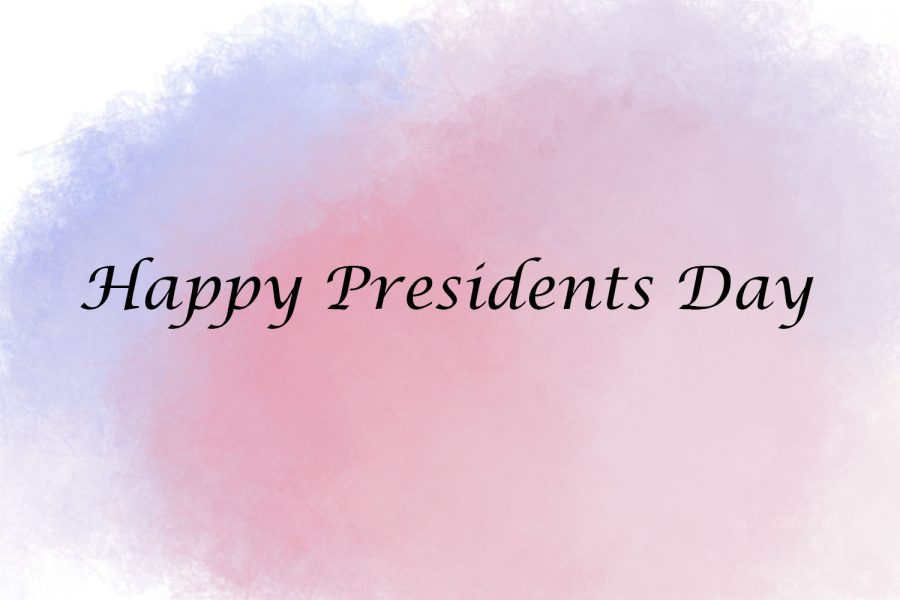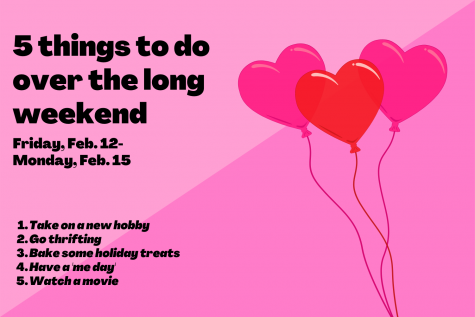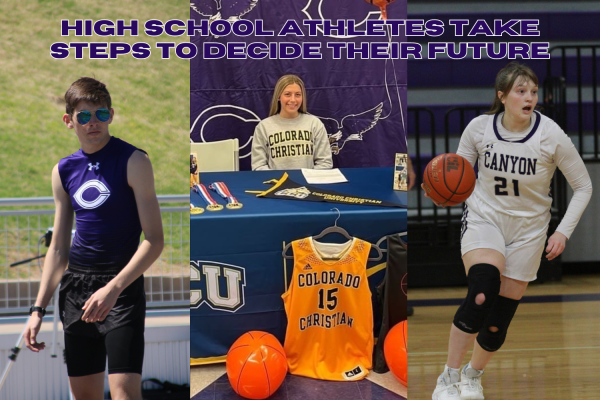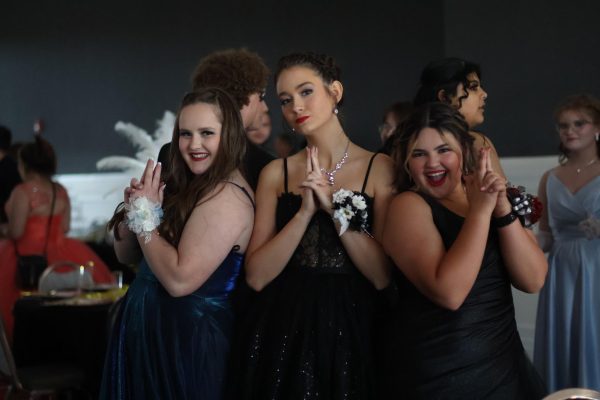The good, the bad, and the presidential
Editor-In-Chief ranks best, worst presidential portraits
Presidents Day is always on the third Monday of February.
After a president leaves office, portraits are traditionally painted in their honor. These pieces of art range from classic and official to quite peculiar. In honor of Presidents Day, this list compiles the top five worst and five best portraits.
Placing as the fifth worst presidential portrait, 37th president Richard M. Nixon’s portrait, by James Anthony Will. This painting isn’t the worst ever, but it doesn’t quite seem like Nixon. The nose is somewhat misshapen and eyes are a little further out than they should be. More notably, the sickly green background paired with the red and black tie makes for an uneasy viewing experience, so maybe it is Nixon after all.
In honor of Presidents Day, this list compiles the top five worst and five best portraits.
— Claire Meyer, 12
James Madison by John Vanderlyn is not at all a bad painting, in fact, some of the details are quite nice, apart from the slightly off skull to face ratio. However, has there ever been a president as unhappy to have his portrait made as Madison? The glare he gives the viewer is menacing, to be gentle. If it’s any consolation though, at least he seems determined to enact vengeance on anyone who wrongs him. It’s too bad Madison has such an angry portrait too, because he was a lovely president.
Next up is a tie, because both have similar errors and are by George Peter Alexander Healy. John Quincy Adams is confusing every way imaginable. Adams has his finger in a book he isn’t reading and is wearing a jacket that doesn’t fit him. Evidently, he did not get the memo it was picture day. Moreover, the portrait is apparently giving insight to the sixth president’s very first blood drive experience, judging by Adams’ outstretched arm, oddly strewn over a picture of George Washington. Healy’s struggle with proportions is exemplified here, as Adams’ left arm is significantly longer than his right.
Similarly, Healy struggles to keep James K. Polk’s head on the canvas due to his unnaturally large neck. Polk’s shoulders appear to be dislocated as well, which is probably why he has such a wild-eyed expression. That, or he and Madison are staring at each other from across the room. Whatever the case, these two portraits are both disproportionate enough to make it in the bottom five.
James Buchanan’s portrait by John Henry Brown ranks as the second worst, for one obvious reason, the lack of contrast. His hair also looks like a dusting of snow or perhaps, Buchanan was impersonating a Q-tip. Whatever the case, the painting is a good effort in respect to originality, but unfortunately falls short, similar to remembrance of his presidency.
Evidently, he did not get the memo it was picture day.
— Claire Meyer, 12
Now, for the finale. Andrew Jackson’s portrait, painted by Ralph E.W. Earl is something to be admired, but not necessarily in a good way. Jackson’s neck is terrifyingly long, arguably worse than Polk’s. More significantly, the red and again, very large collar paired with an ominous background makes Jackson seem like an unfortunate vampire. Also, Jackson’s widow’s peak. Enough said.
Switching gears, George Peter Alexander Healy’s Franklin Pierce begins the top five group. This is pretty basic in terms of general presidential feeling, however, the depth in the face is beautifully done. Healy avoided the arms this time; any disproportionate features are conveniently hidden in the shadows of Pierce’s clothes. This aside, Pierce looks quite suave, like a 18th century bounty hunter.
Next up is Harry S. Truman, by Martha G. Kempton. The 33rd president sits in a fancy wooden chair, smiling at the viewer as the Capitol sits behind him. The brilliant light on Truman’s face is refreshing considering the multiple dark portraits both in this list and in general. The glasses and eyes have impressive amounts of detail and likeness, giving Truman a welcoming appearance. Generally, a wonderfully uplifting portrait of Truman.
Thomas Jefferson’s presidential portrait is a very fitting third place. The piece, created by Rembrant Peale, is simply classic. The details are sublime, right down to the rosy color on the cheeks or the thoughtful glimmer in the eyes. The shadows add depth and emotion to a very presidential painting.
Jackson’s neck is terrifyingly long, arguably worse than Polk’s.
— Claire Meyer, 12
John Singer Sargent captured Theodore Roosevelt’s likeness perfectly in his portrait. Both the stance and expression are very Roosevelt; even the beautifully contrasting background matches his dynamic personality. The 26th president stands proudly with his right hand placed firmly upon a post of a stairwell, as his proud and unique character shines through the canvas. The piece is striking, yet simple and unique without getting out of hand.
The best of the best, almost without question, is John F. Kennedy’s portrait, painted years after his death by Aaron Shikler. The piece, unveiled in 1971, is a satisfying blend of abstractionism and realism, and the colors all work with each other effortlessly. So unlike the numerous portraits with men sitting at desks with bold gazes, Shikler’s interpretation of the portrait shows a quietly courageous president, lost in deep consideration. It speaks volumes about our 35th president and the enormous weight that sat on his shoulders during his brief term. It is thoughtful and inspiring, an ode to an iconic young leader.
Out of 45 presidents, it’s difficult to pick ten remarkable portraits of them, and there were several honorable mentions for both the worst and best pieces. Barack Obama, by Kehinde Wiley is quite modern and George Washington’s portrait is the first ever. On the flip side, William Henry Harrison’s portrait leaves him with an undersized head and Martin Van Buren’s makes him look similar to a Scooby-Doo villain. At any rate, presidential portraits are an interesting tradition that brings about both amusement and great admiration for the leaders of the United States of America.
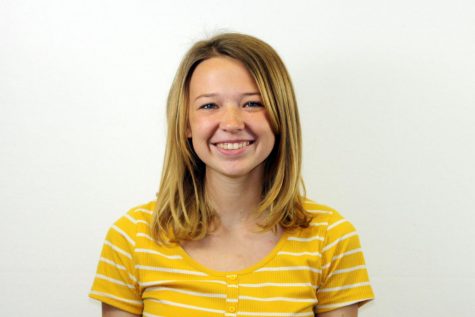
Hi there! My name is Claire Meyer. I am a senior, making this my third year on staff and first as editor-in-chief. When I'm not editing stories in the newsroom, I can be found working at United. In my free time, I enjoy both drawing and writing fiction...

